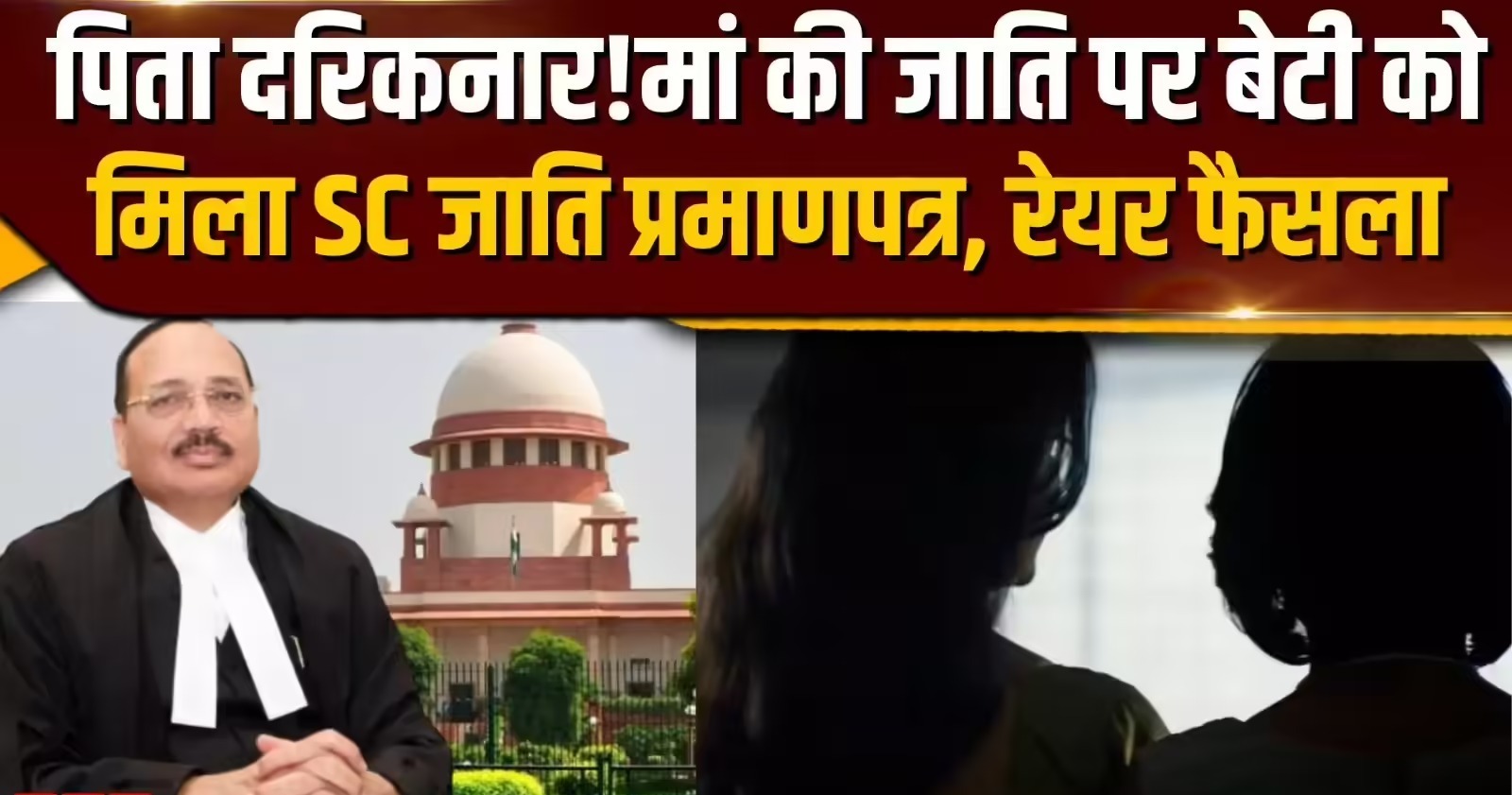D. Biswas, J.@mdashThis appeal is directed against the judgment dated 31.5.97 passed by the learned Sessions Judge, Darrang whereby the Appellant Sri Babul Das on conviction U/s 302 of the Indian Penal Code was sentenced to rigorous imprisonment for life and to pay a fine of Rs. 1,000/-, in default, to rigorous imprisonment for two months for the offence of causing the death of his wife Rita Das.
2. An ejahar to the above effect was lodged by Hara Kanta Das, father of the deceased Rita Das, on 5.12.1990 before the Officer-in-Charge, Mangaldoi Police Station. The information disclosed in the FIR precisely shows that the informant was reported by Nagen Das, younger brother of late Rita''s husband, at 8.00 PM on 1.12.90 that Rita had sustained burn injuries following the bursting of a lighted stove and was taken to Mangaldoi Civil Hospital for treatment. The informant''s wife, Smt. Maina Bala Das along with two sons and a daughter immediately rushed to Mangaldoi where they found Rita in a semiconscious state. Being asked by the mother, Rita disclosed that following a quarrel, her husband Babul Das had poured kerosene oil upon her and set her on fire. On the following day i.e. 2.12.90 at about 5.00 AM Rita succumbed to the injuries. It is further mentioned in the FIR that Rita did not commit suicide and she often took shelter to her paternal house being unable to bear the atrocities perpetuated by her husband. Before 20 days from the date of occurrence, she went to her husband''s house. It is further mentioned in the FIR that neither Police was informed about the occurrence nor post mortem examination was performed on the dead body of Rita.
3. The Police registered a case and on completion thereof, submitted charge sheet against the Appellant Under-Section 302 of the Indian Penal Code.
4. After the case was duly committed, the learned Sessions Judge, Mangaldoi framed charge against the Appellant Under-section 302 of the IPC and directed that the Appellant be tried for causing death of his wife Rita by setting fire on her person at 5.00 PM on 1.12.90.
5. During the course of trial, as many as 11 witnesses were examined by the prosecution including the Medical Officer and tie Investigating Officer. The defence did not adduce any evidence. The defence case, as it appears from the trend in the answer given during the course of examination Under-section 313 Code of Criminal Procedure, is of total denial.
6. We have heard Mr. B W Phira, the learned Amicus Curiea and also heard Mrs K. Deka, the learned PP, Assam, in details.
7. The conviction in the instant case has been based on the dying declaration allegedly made by the deceased to her mother. There is admittedly no eye witness in this case. Mr. Phira, at the very outset of his argument, submits that the deceased had sustained 100 per cent burn injuries and, as such, she was not in a capacity to make a dying declaration to her mother. In this context, we would like to examine the evidence of the witnesses.
8. PW. 1 is the younger brother of the accused/Appellant. His statement is rather ex-culpatury and, therefore, is of no consequence so far the prosecution case is concerned. PW 2 was declared hostile and we get nothing from him to implicate the Appellant. Therefore, we are not inclined to deal with their evidence in details. PW 3 is the father of the deceased. His evidence will be referred to in later course of this judgment. PW 4 is the brother of deceased Rita. From him we find that Rita was married with the Appellant about 5 years ago. He went to hospital after getting the news of the incident, where he found Rita lying with burn injuries all over her body. She told him that she was set on fire after pouring kerosene oil and she also requested this witness to take care of her son. PW5 is the mother of Rita. On being informed by the younger brother of Babul (Appellant), she went to hospital and found Rita in the verandah of the Medical Hospital with a drip on her leg. Her mother was also requested by her to take care of her son Bipul and further stated that the accused set fire on her person. This witness was in the hospital for half an hour and, thereafter, went to the house of the accused/Appellant, Babul. Next morning at 4.00 am she was informed that Rita had died. The evidence of PW4 and PW5 are the only evidence regarding dying declaration made by Rita in the hospital on the previous evening of her death. Normally, there cannot be any reason to disbelieve the statements of the brother and mother of the deceased as to the cause of her death. There is also nothing in their cross-examination to cast any shadow of doubt about their credibility. But, the situation here appears to be otherwise. PW 9, the doctor, performed the post mortem examination and the report given by him has been marked as Ext.5. From Ext.5, we find that the deceased had sustained severe burn injuries. According to the doctor, she bad sustained 100 per cent burn extending from head to foot scorching of the skin seen all over the body.
9. There is nothing in his evidence to show that despite injuries to the above extent having sustained by the deceased, she was in a position to speak and make a declaration as to the cause of her death. But, Mr. Phira vehemently argued that the burn injury was extremely severe and a person having sustained injury of such a degree cannot be expected to be in a position to speak. This obviously created a doubt in our mind and, therefore, we, by order dated 27.7.2000 directed the Registrar General to request the Principal, Gauhati Medical College to depute either the Professor or Head of the Department of Forensic Science or other senior doctor of the said Department to tender expert evidence. On 28.7.2000, Dr Pratap Chandra Sarmah, Professor and Head of the Department of Forensic Medicines appeared before this Court and his evidence was recorded on the above question After having gone through the post mortem report, the doctor made the following statement:
I have seen the post mortem report (Ext.5). Its contents have been gone through by me carefully. The said report shows that the deceased suffered 100 per cent burns
extending from head to foot with skin scorched all over the body.
In my opinion, after suffering 100 per cent burns the deceased would not be in a position to speak and if at all the deceased can speak, she may be able to speak immediately after the incident, say, after about � hour or an hour. I am further of the opinion that after the lapse of one hour the deceased would loose the capacity to speak.
Sd/-
Dr Pratap Ch. Sarmah
Professor and Head of the
Department of Forensic Medicines,
Gauhati Medical College.
10. The evidence of the doctor as reproduced above clearly shows that the deceased, before her death, having sustained 100 per cent burn injuries, would not be in a position to speak and if at all, she might be able to speak immediately after the incident, say, after Vi hour or an hour. His definite opinion is that after lapse of one hour the deceased would loose the capacity to speak. The evidence of the doctor as above, dispels the confusion and makes it abundantly clear that the deceased was not in a position to speak and, as such, she was not capable of making any dying declaration as evinced by PW 4 and PW 5. Therefore, we are not in a position to rely upon the evidence of PW 4 and PW 5 about dying declaration so as to award a verdict of guilt against the Appellant.
11. We would now like to examine the evidence of other PWs in order to find out if other intermingling circumstances are available in the case to connect the Appellant with the alleged crime.
12. PW 3, father of the deceased wanted to make out a case of turture and cruelties. Accordingly, he has stated that there was demand for money and his daughter was also driven out of the house as once he could not satisfy the demand. However, PW 4, the brother of the deceased said nothing about this and, PW 5, mother of the deceased said nothing which is acceptable as the evidence on this point.
13. In our considered opinion, whatever has been spoken by the father is of no consequence because culpability of the accused cannot be determined on the meagre and inadequate evidence that comes from the father. The most important feature of this case is that the father, inspite of being informed about the incident, did not visit the hospital to see his daughter. PW 4 and PW 5 who had been to hospital and to whom the alleged dying declaration was made, did not take care to inform to the doctor or other persons present about the statement made by the deceased indicating her husband. It is strange that they also did not make an attempt to inform the police on the same date or immediate thereafter. The occurrence took place on 1.12.90 and the ejhar was filed by the father on 5.12.90 i.e. 4(four) days after the incident Had it been a case of murder or even a case of suspected murder, there should not have been such a long delay in filing the FIR.
14. After taking into consideration the evidence on record in its totality, especially the evidence of expert with regard to the dying declaration, we are of the opinion that the Appellant in the instant case is entitled to acquittal on benefit of doubt.
15. In the result, the appeal is allowed, the impugned judgment of conviction is hereby set aside and the Appellant is hereby acquitted on benefit of doubt.
16. The accused Shri Babul Das shall be released forthwith.
17. In this case, Mrs B. Goyal, advocate appointed as Amicus Curiea, who was unwell.
Mr. B.W. Phira, advocate, who appeared and argued the case. He prepared the case very well. In view of the labour involved in the case, his fees if fixed at Rs. 25,000/-= which would be paid by the State of Assam.

